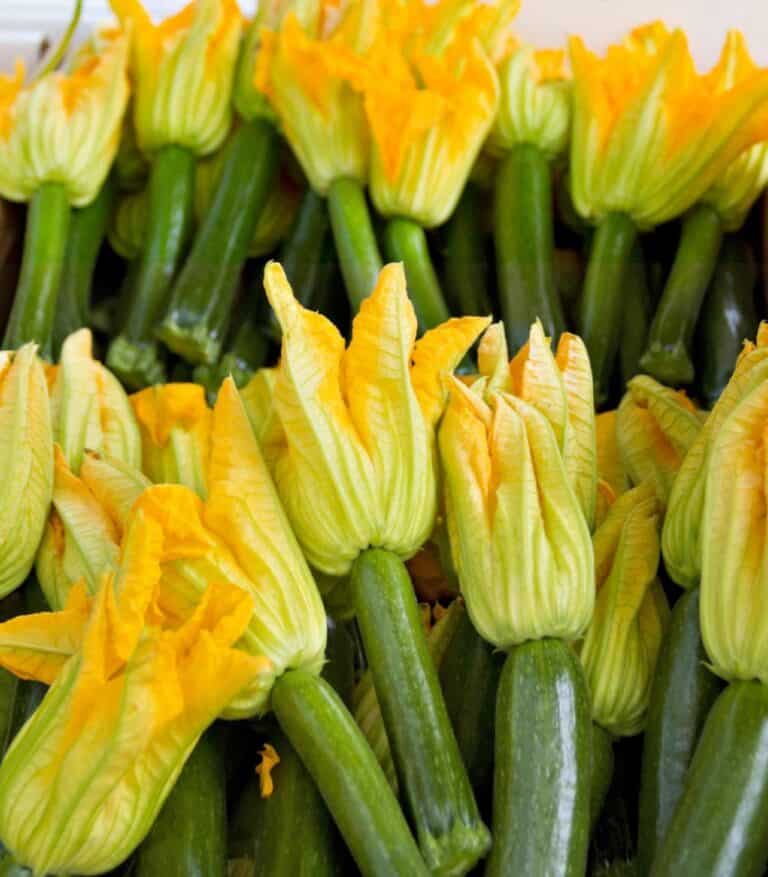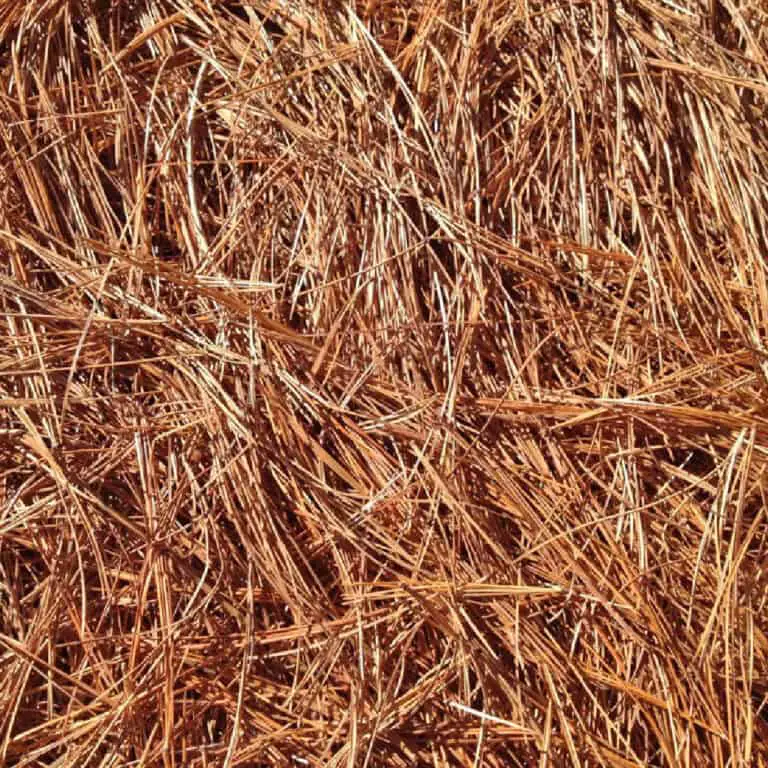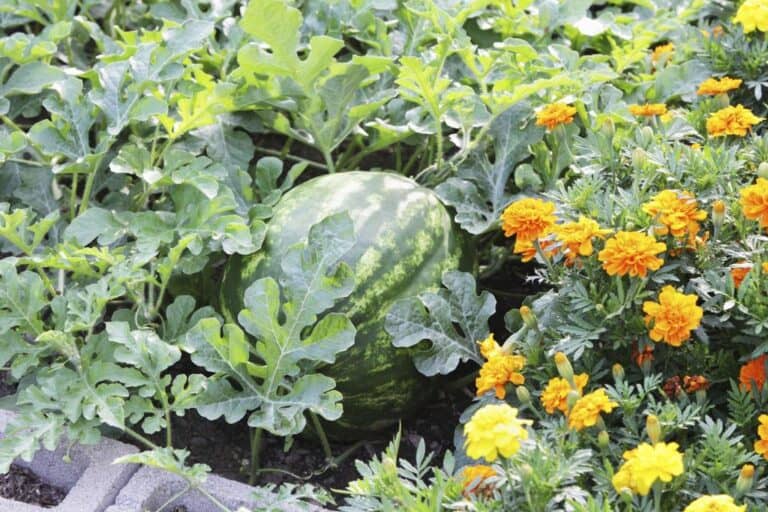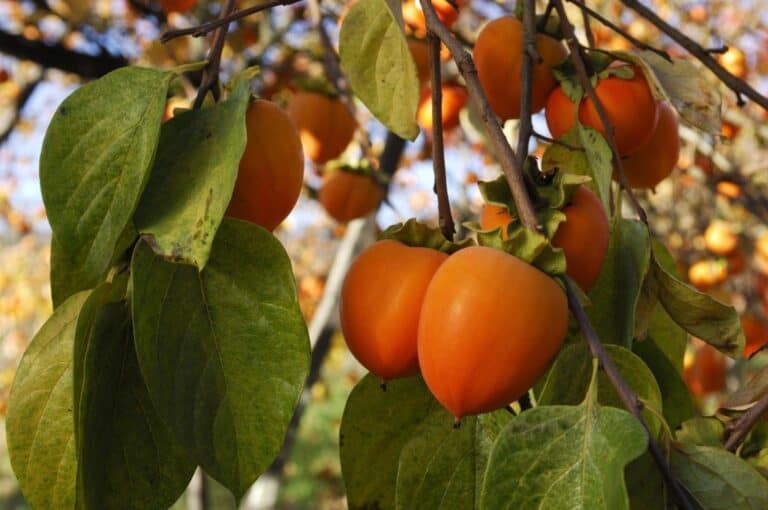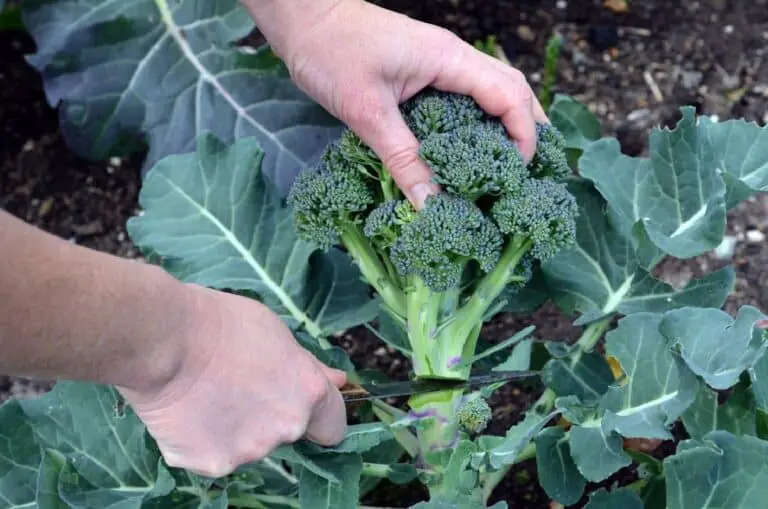Optimal Strawberry Seed Germination Temperature: A Guide for Gardeners
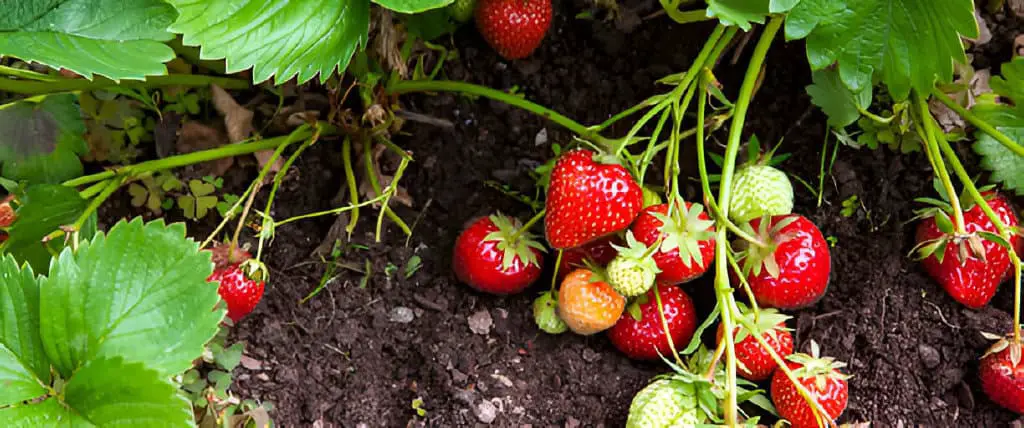
It can be rewarding to grow strawberries from seeds. But, it requires understanding the best conditions for germination. One crucial factor affects the success of your strawberry seeds. It is the temperature.
Have you ever wondered why some seeds fail to sprout even when you follow all the right steps? Knowing the exact temperature needs of strawberry seeds is the key. It unlocks the secret to germinating them. This article will guide you through the best temperatures. They will help you have a thriving strawberry garden.
Read this article. You’ll learn the perfect temperature for strawberry seeds to germinate. It will help you get the most from your gardening. With this knowledge, you’ll be ready to grow your seeds into healthy plants. This will lead to a tasty and fruitful harvest.
Why Temperature Matters for Germination
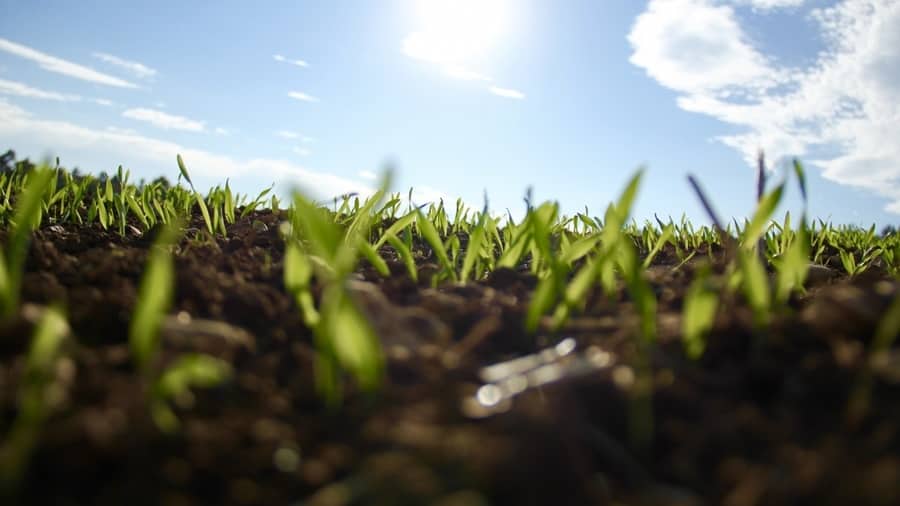
Temperature is a critical factor influencing the germination of seeds, including strawberries. The best temperature varies by plant species. But, it affects the speed and success of germination.
For strawberries, the right temperature is crucial. It directly impacts how quickly and healthily the seeds sprout. This process lays the foundation for strong plant growth.
Strawberry seeds need ideal conditions. These conditions allow the biochemical processes of germination to occur well. Seeds need the right temperatures. If they’re too hot or cold, germination can be delayed, erratic, or even stopped. This leads to poor seedling growth.
Good temperature is vital during germination. It helps gardeners grow healthy strawberries.
Ideal Temperature for Strawberry Seed Germination
The optimal temperature range for germinating strawberry seeds is between 60°F and 75°F (15°C to 24°C). Within this range, seeds are most likely to germinate efficiently. Temperatures outside this range can slow the process. They can also prevent germination.
Choosing the Right Soil
Selecting and preparing the right soil is crucial for ensuring successful germination and healthy growth of strawberry plants. Different types of soil can impact germination rates and plant health significantly. Optimal soil for strawberries is typically well-draining, rich in organic matter, and slightly acidic.
When selecting soil for strawberries, consider:
- Drainage: Ensure the soil drains well to prevent waterlogging, which can lead to root rot.
- Texture: A loamy texture with good aeration is ideal, allowing roots to grow freely.
- pH Level: Aim for slightly acidic soil, as strawberries prefer a pH of 5.5 to 6.5.
Steps to Germinate Strawberry Seeds

1. Preparing the Seeds
Before planting, it’s beneficial to stratify strawberry seeds. Stratification mimics winter conditions, helping seeds break dormancy and improve germination rates. Here’s how to do it:
- Place seeds in a damp paper towel.
- Put the paper towel in a plastic bag.
- Store the bag in the refrigerator for 2-4 weeks.
2. Planting the Seeds
Once the seeds are stratified, it’s time to plant them. Follow these steps for best results:
- Choose a Suitable Container: Use seed trays or small pots with good drainage.
- Fill with Seed Starting Mix: A light, well-draining mix is ideal for strawberry seeds.
- Plant the Seeds: Sprinkle the seeds on the surface and lightly cover them with a thin layer of soil.
3. Providing Optimal Conditions
To ensure successful germination, create the right environment:
- Maintain Temperature: Keep the planting area within the 60°F to 75°F range. Using a heat mat can help maintain a consistent temperature.
- Light: Provide indirect light. If growing indoors, use a grow light to ensure seeds get 12-16 hours of light daily.
- Moisture: Keep the soil consistently moist but not waterlogged. Use a spray bottle to mist the soil gently.
| Also check: When to Plant Strawberry in the UK? |
Monitoring Germination
Strawberry seeds typically take 1-6 weeks to germinate. During this period, regularly check the temperature and moisture levels. A thermometer can help ensure the temperature remains optimal.
Common Strawberry Germination Problems and Solutions
Even with the best care, issues can arise. Here are some common problems and their solutions:
- Seeds Not Germinating: If seeds fail to sprout, the temperature might be too low or too high. Ensure it stays within the optimal range.
- Mold Growth: Overly damp conditions can cause mold. Allow the soil surface to dry slightly between waterings.
- Slow Germination: Check if the seeds were stratified properly. Also, make sure they get enough light and warmth.
Transplanting Strawberry Seedlings
Once the seeds of strawberry have germinated and the seedlings have developed a few true leaves, they are ready for transplanting. Here’s how to do it:
1. Hardening Off
Before transplanting outdoors, harden off the seedlings to acclimate them to outdoor conditions:
- Start Slowly: Place seedlings outside for a few hours each day, gradually increasing the time over a week.
- Protect from Harsh Conditions: Avoid direct sunlight and strong winds initially.
2. Transplanting
- Choose a Sunny Spot: Strawberries thrive in full sun.
- Prepare the Soil: Ensure the soil is well-draining and rich in organic matter.
- Plant Spacing: Space plants about 12-18 inches apart to allow for growth.
- Watering: Water thoroughly after transplanting and maintain consistent moisture.
Caring for Strawberry Plants
After transplanting, continue to care for your strawberry plants to ensure a healthy crop:
- Watering: Keep the soil evenly moist, especially during flowering and fruiting.
- Fertilizing: Use a balanced fertilizer during the growing season to support growth.
- Mulching: Apply mulch around the plants to retain moisture and suppress weeds.
Troubleshooting Growth Issues
Even with optimal care, strawberry plants can face growth challenges. Here are some tips to address common issues:
- Pest Control: Watch for pests like aphids and slugs. Use organic pesticides or manual removal to keep them at bay.
- Disease Prevention: Ensure good air circulation around plants to prevent fungal diseases. Remove any diseased foliage promptly.
Harvesting Strawberries
Harvesting is the most rewarding part of growing strawberries. Here’s how to do it right:
- Timing: Pick strawberries when they are fully red and ripe for the best flavor.
- Technique: Gently twist and pull the berries from the stem to avoid damaging the plant.
- Frequency: Harvest regularly to encourage more fruit production.
Storing and Using Strawberries
Freshly harvested strawberries can be stored in the refrigerator for up to a week. For longer storage, consider freezing or making preserves. Enjoy strawberries fresh, in desserts, or as a topping for cereals and salads.
Summary Table: Strawberry Germination and Growth
| Step | Details |
| Stratification | 2-4 weeks in the refrigerator |
| Germination Temperature | 60°F to 75°F (15°C to 24°C) |
| Light Requirements | 12-16 hours of indirect light daily |
| Soil Type | Light, well-draining seed starting mix |
| Germination Time | 1-6 weeks |
| Transplant Spacing | 12-18 inches apart |
| Watering Needs | Consistently moist, not waterlogged |
| Fertilization | Balanced fertilizer during growing season |
| Harvesting Time | When berries are fully red and ripe |
Conclusion
Growing strawberries from seed can be rewarding. But, it requires careful attention to temperature and other conditions. To grow healthy strawberries and enjoy a delicious harvest, keep the best germination temperature. Follow the steps in this guide. Happy gardening!

